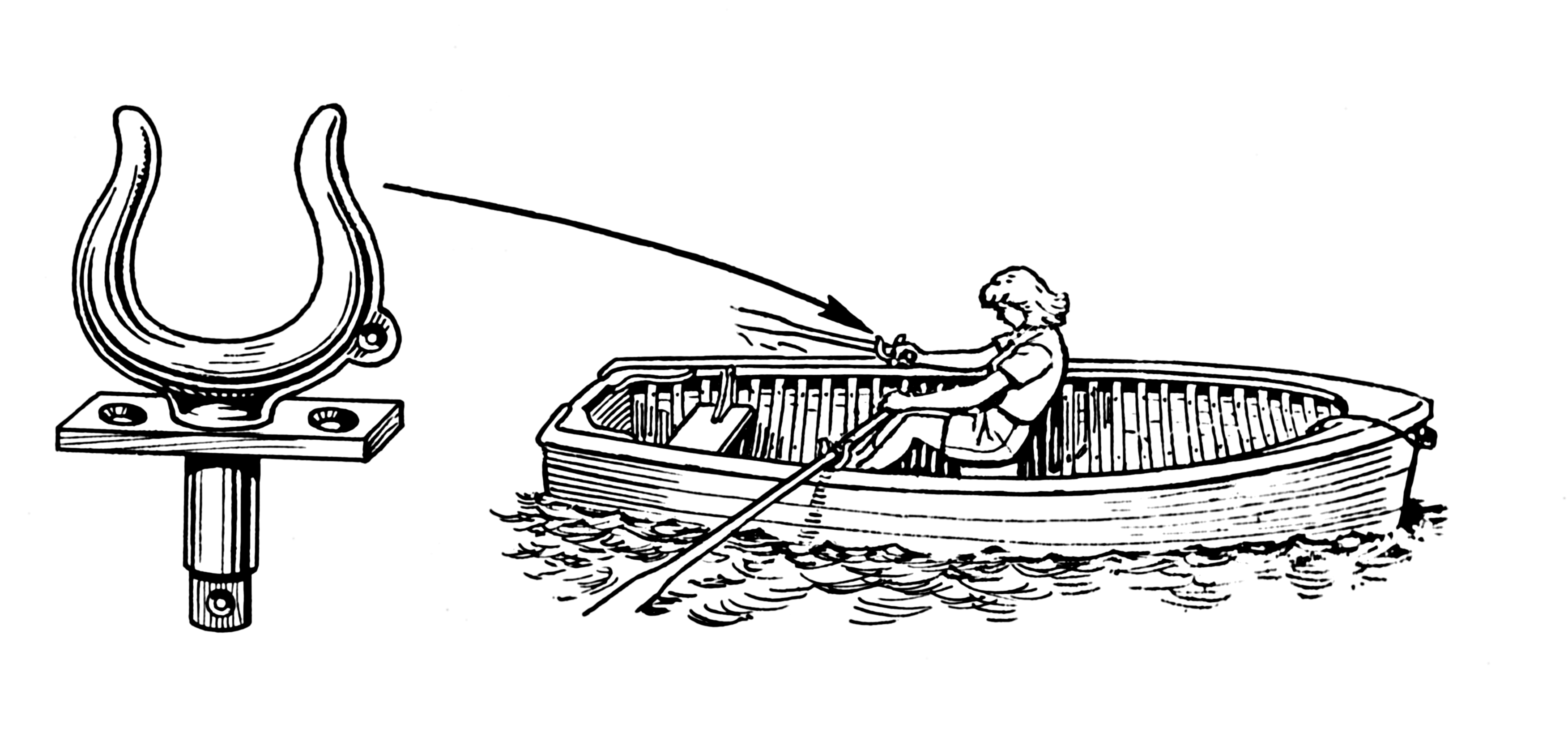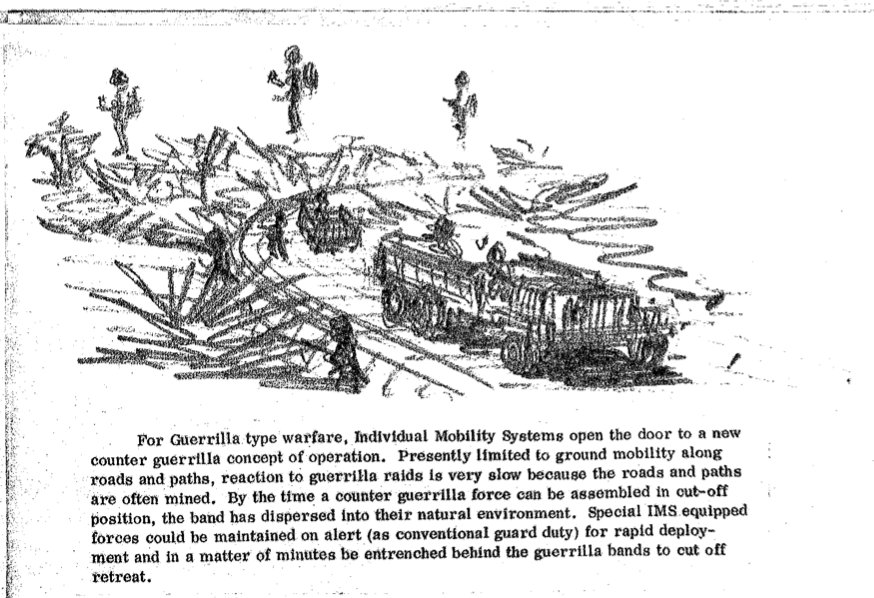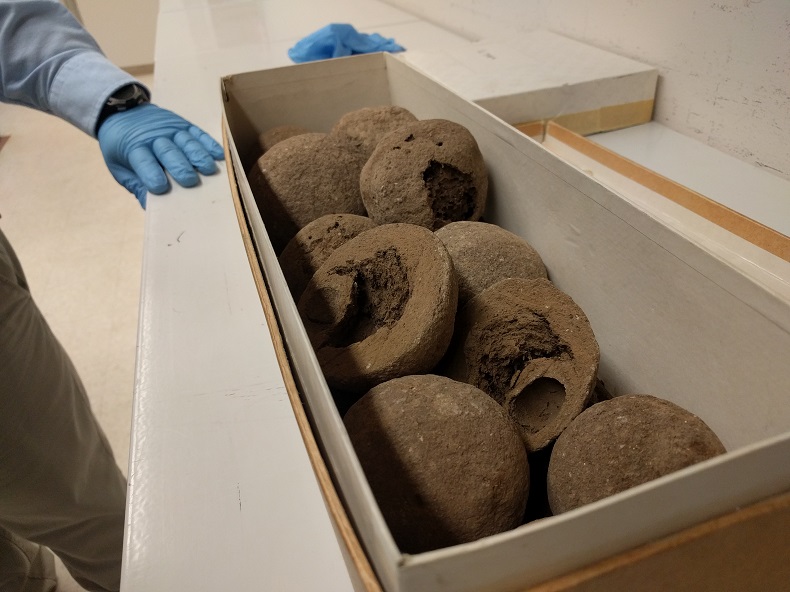 Last night I ran through quotes in my new book manuscript, making sure they were all amply annotated, meaning I spelled the names right. There were a lot of women in this run. For a book on the Ice Age and paleo sciences, mostly archaeology and paleontology, I’d had no trouble finding female researchers to write about and interview.
Last night I ran through quotes in my new book manuscript, making sure they were all amply annotated, meaning I spelled the names right. There were a lot of women in this run. For a book on the Ice Age and paleo sciences, mostly archaeology and paleontology, I’d had no trouble finding female researchers to write about and interview.
My previous book, dealing with climate and earth sciences, was sometimes a struggle to get female quotes. Often the woman was the second, third, or fourth name on a paper. I’d call and she’d ask why I was talking to her instead of the first name, the principal investigator. If I said it was because I was trying to keep a balance of male and female researchers, there was usually an awkward silence as we both tried to figure out what that really meant.
My research between different books is not a reliable statistic. Maybe I was reading the wrong papers. More women in paleo sciences, especially paleontology, fewer in earth sciences and climates, is above my pay grade to fact check. But it was something I noticed anecdotally.
In paleontology, especially Pleistocene, women were at the top of more than half the papers I read. There was a group that over the years I came to call the Bone Women, osteologist Phd’s working with Pleistocene fauna. We’d get together and cover lab tables with skulls, unhinging sabertooth cat jaws, sticking our heads in the rib cages of giant sloths. It felt like we were right down in the heart of a creation story.
For climate change, astronomy, geosciences, on the other hand, I somehow found myself in many offices of men. Continue reading
 I spent part of our recent snow day in New England on the phone talking to Richard Primack, an ecologist who studies how climate change affects seasonal events such as budburst and bird migration. I was interviewing him for another story, but as we talked, a new one came to light.
I spent part of our recent snow day in New England on the phone talking to Richard Primack, an ecologist who studies how climate change affects seasonal events such as budburst and bird migration. I was interviewing him for another story, but as we talked, a new one came to light.




